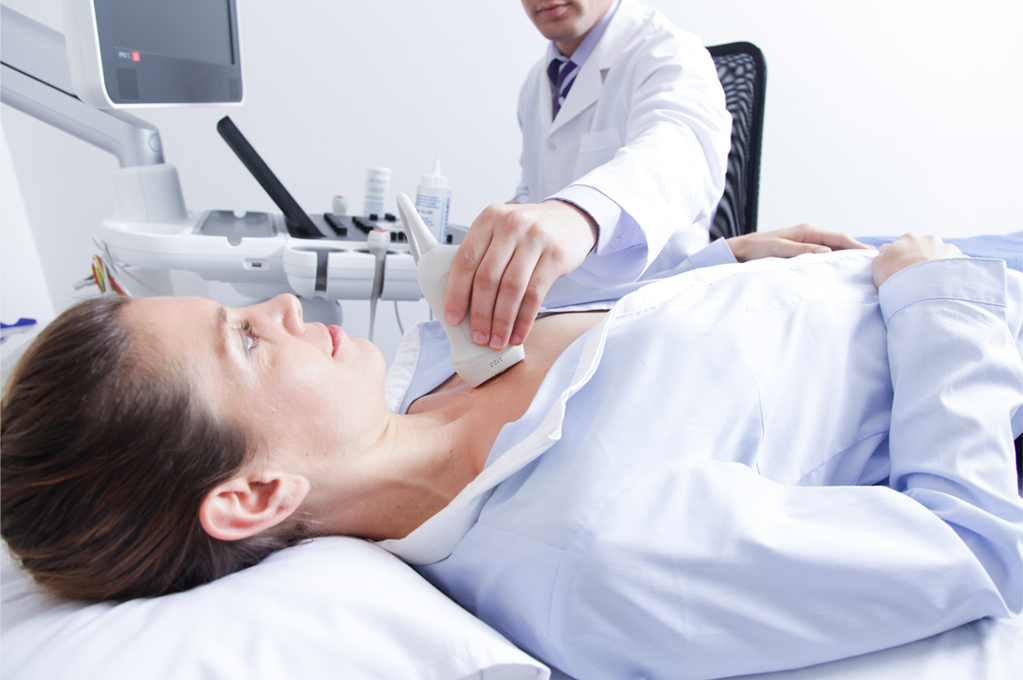
There are various tests to determine if your arteries are clogged. These include:
- Electrocardiogram (ECG)
This records electrical signals as they travel through the heart. An ECG can often reveal evidence of a previous heart attack or one that’s in progress.
- Echocardiogram
This produces images of the heart, which will indicate whether all parts of the heart wall are contributing normally to your heart’s pumping activity. Parts that move weakly may have been damaged during a heart attack or are receiving too little oxygen.
- Standard Exercise Stress Test
This can be done by walking or running on a treadmill or pedalling on a stationary bike, and provides information on how the heart works during physical stress. Abnormal changes in the heart’s rhythm or electrical activity, abnormal blood pressure readings, and symptoms such as shortness of breath or chest pain may be indicative of possible coronary artery disease.
- Imaging Stress Test
Pictures are taken of the heart during exercise and at rest, which show how well blood is flowing in the heart as well as the pumping action of the heart. These tests tend to detect coronary artery disease better than the standard exercise stress test.
a) Stress echocardiography uses sound waves to create a moving picture of the heart and shows areas of poor blood flow to the heart, dead heart muscle tissue, and areas of the heart muscle that are not contracting well.
b) In a myocardial perfusion scan, a small amount of radioactive substance (often called a tracer, isotope or radionuclide) such as technetium is injected into the blood so that the blood flow can be detected by a special camera. The scan is done in two parts — stress and rest — to see the effects of physical stress on the blood flow. For the stress component, a medicine is given to increase the heart rate.
c) Cardiac PET (positron-emission tomography) is also a nuclear medicine functional imaging technique, and detects blood flow at rest and at stress. The system detects pairs of gamma rays emitted indirectly by a positron-emitting radionuclide tracer. Three-dimensional images of tracer concentration within the body are then accomplished with the aid of a CT X-ray scan performed on the patient during the same session in the same machine.
- Multi-slice Coronary Computed Tomography (CT) Angiogram with Calcium Scoring
This is a non-invasive diagnostic tool that produces multiple images of the heart. These images can be reformatted in multiple planes and can even generate three-dimensional images. Hence, information about the presence, location and extent of calcified plaques in the coronary arteries can be obtained. It can be combined with a calcium-score screening to detect the calcium deposits in atherosclerotic plaque and used to evaluate the risk of future artery disease.
- Coronary Angiogram
This is to view the blood flow in the coronary blood vessels. This is done by injecting a dye through a long, thin, flexible tube that is threaded through an artery usually in the leg or hand to the arteries in the heart. The dye outlines narrow spots and blockages on the X-ray images.







